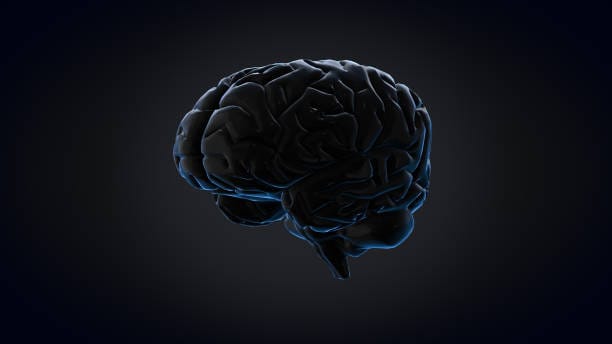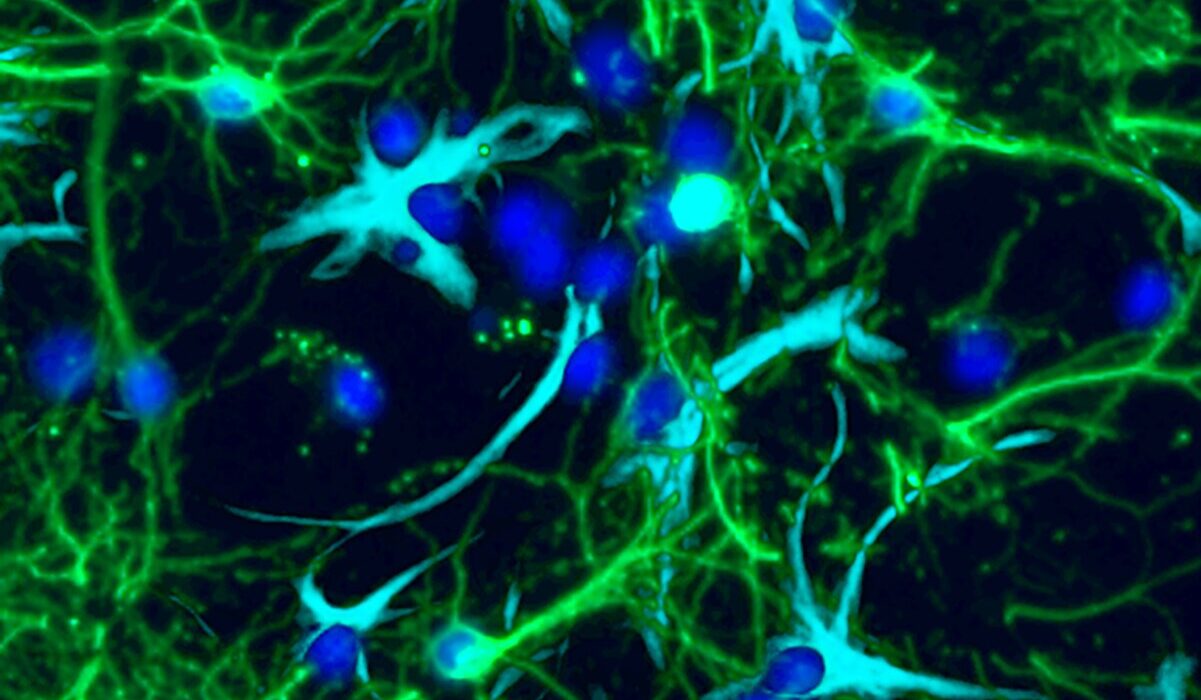Imagine holding the universe in your hands—not galaxies and stars, but something infinitely more intimate. It’s pink, wrinkled, and roughly the size of two clenched fists. It sits in the darkness of your skull, pulsing with electricity and possibility. It weighs barely three pounds, yet it houses every word you’ve ever spoken, every memory you’ve cherished, every nightmare, every joy. It controls your thoughts, emotions, movements, sensations, and dreams. This extraordinary organ is your brain, and it is you.
When we speak of the brain, we are speaking of something more than flesh and synapse. We’re talking about the seat of identity, the engine of thought, the conductor of a thousand symphonies running in perfect biological rhythm. Yet for all its power, the brain remains one of the least understood organs in the human body. What does each part really do? How do these different regions coordinate to make us who we are?
To understand the brain is not merely to understand biology—it is to understand the soul in its physical form. Let us step inside.
The Cerebrum: Realm of Thought, Memory, and Meaning
If the brain is a castle, then the cerebrum is its grand hall. It is the largest and most visible part of the brain, making up about 85% of its weight. From the outside, it looks like a mass of convoluted tissue—grayish, deeply grooved, and curved. But within this folded surface lies the seat of reason, imagination, language, learning, and voluntary action.
The cerebrum is divided into two hemispheres—left and right—connected by a thick bundle of nerve fibers called the corpus callosum. These hemispheres do not function in isolation. Instead, they are in constant communication, each side complementing the other. Though the popular myth that one side is logical and the other creative is an oversimplification, there is a degree of specialization.
Each hemisphere is further divided into four lobes, each responsible for different, though often overlapping, functions. The frontal lobes are the architects of our future—where decision-making, problem-solving, planning, impulse control, and personality live. Damage to this area can change who a person is, altering emotional responses and judgment. The story of Phineas Gage, the 19th-century railroad worker who survived an iron rod passing through his frontal lobe but became a completely different person afterward, still echoes as a chilling testimony to this lobe’s power.
The parietal lobes, resting just behind the frontal lobes, interpret sensations of touch, temperature, and pain. They help you locate your limbs in space, solve math problems, and understand spatial relationships. Someone with damage to the right parietal lobe might ignore half of their body entirely, unable even to recognize that it belongs to them.
The temporal lobes, nestled near the ears, handle hearing, language, and memory. This is where sound becomes music, where spoken words are translated into meaning, where you recognize your grandmother’s voice over the phone. A small structure deep inside the temporal lobe, the hippocampus, is essential for forming new memories. Without it, the present would slip away as quickly as it came, leaving only the past.
The occipital lobes, located at the back of the brain, are the portals of vision. Even though your eyes do the seeing, it is here that raw visual information becomes coherent images. Damage to this area doesn’t affect the eyes themselves—but it can rob you of the ability to interpret what you see. You might look at a chair and see only a collection of shapes and shadows.
The Limbic System: Heart of Emotion and Memory
Beneath the surface of the cerebrum lies a more ancient and mysterious structure: the limbic system. If the cerebral cortex is the seat of reason, the limbic system is the cradle of emotion. This part of the brain doesn’t just help you feel—it determines how you react to feelings, how you remember them, and how they shape your behavior.
The amygdala, an almond-shaped cluster of neurons deep in the temporal lobes, is often called the brain’s fear center. But it does more than just sound the alarm when danger approaches. It evaluates emotional significance. It determines whether something should make you angry, afraid, excited, or joyful. It helps you recognize emotions in others—whether a smile is warm or threatening, whether a scream means joy or terror.
The hippocampus, adjacent to the amygdala, works like the brain’s memory librarian. It organizes memories, links them to senses and emotions, and sends them for long-term storage. People with damage to the hippocampus often retain older memories but cannot form new ones. Imagine meeting someone again and again as though it’s the first time—trapped in a loop of perpetual introduction.
The hypothalamus, small but powerful, bridges the brain and the body. It governs hunger, thirst, body temperature, sleep cycles, sexual behavior, and the release of hormones. It tells your body when it’s time to eat, when it’s time to sleep, and when it’s time to fight or flee. The hypothalamus plays a central role in maintaining homeostasis—the delicate balance that keeps you alive.
The Brainstem: Keeper of Life’s Flame
At the base of the brain lies the brainstem, connecting the brain to the spinal cord like a tree trunk. Primitive and primal, it is the part of the brain that you never have to think about—because it does all the thinking for you when it comes to survival. It’s where life lives when all else fades.
The medulla oblongata, part of the lower brainstem, is responsible for basic functions like heartbeat, breathing, and blood pressure. It ensures that you breathe even when unconscious, that your heart keeps beating without reminders. When patients are declared brain dead, it is often because the brainstem has ceased functioning, even if other parts of the brain still show activity.
Just above it, the pons acts like a bridge, coordinating messages between different parts of the brain. It also plays a vital role in sleep, particularly in regulating REM cycles—those magical stages where dreams are born.
The midbrain, the uppermost part of the brainstem, is involved in motor movement, particularly movements of the eye, and in processing auditory and visual stimuli. It’s here that the brain’s rapid responses originate. If you flinch at a sudden sound or duck when something flashes past your face, you have your midbrain to thank.
This part of the brain, often overshadowed by the cerebral cortex, is where consciousness clings most stubbornly. It reminds us that before thought, before art, before reason, the body must first survive.
The Cerebellum: The Silent Master of Movement
Tucked under the cerebrum and behind the brainstem lies the cerebellum—Latin for “little brain.” Though it constitutes only about 10% of the brain’s volume, it contains over half its neurons. It does not shout like the cortex; it whispers. But its whispers orchestrate grace, balance, and coordination.
The cerebellum integrates information from the inner ear, eyes, and muscles to ensure smooth and purposeful movement. When you dance, catch a ball, ride a bicycle, or simply walk without falling, your cerebellum is hard at work. It fine-tunes motor actions, allowing you to learn new movements through repetition. Damage to this area doesn’t paralyze, but it disrupts the flow—making movements jerky, uncoordinated, or impossible to control.
Though long thought to be involved solely in motor function, recent research suggests the cerebellum may also play roles in cognition and emotion. It is the quiet conductor, keeping time behind the orchestra of the body and mind.
The Thalamus: The Sensory Relay Station
At the center of the brain sits the thalamus, a pair of egg-shaped structures nestled just above the brainstem. All sensory information—except for smell—passes through the thalamus before reaching the cerebral cortex. It acts as a grand central station of perception, filtering and directing incoming signals to their proper destinations.
The thalamus ensures that the brain is not overwhelmed by sensory input. It tells you what to notice and what to ignore. In moments of crisis, it can heighten certain senses and dull others. In moments of peace, it helps maintain equilibrium. It is thought to be involved in consciousness itself, which is why disruptions here can lead to comas or other disorders of awareness.
The Basal Ganglia: The Engines of Habit and Repetition
Buried deep within the brain are a series of interconnected structures known as the basal ganglia. They are not well understood by the general public, but they play an essential role in voluntary movement, especially repetitive or habitual motions.
The basal ganglia help you perform practiced tasks with ease—typing, playing the piano, or swinging a golf club. They enable your body to move fluidly, transitioning from one action to the next without conscious effort. When these structures malfunction, as in Parkinson’s disease or Huntington’s disease, the results are devastating—tremors, rigidity, difficulty initiating movement.
But the basal ganglia are not just about movement. They are also implicated in motivation and reward, forming part of the brain’s dopamine system. This is where desire lives—where habits are formed, addictions are born, and pleasures are pursued.
The Prefrontal Cortex: The Mind’s Executive
The most evolutionarily advanced part of the brain, the prefrontal cortex, sits at the very front like the captain of a ship. It is responsible for planning, decision-making, social behavior, and moral reasoning. This is where you weigh consequences, resist impulses, and consider abstract ideas.
This region continues developing well into your twenties, which is why adolescents sometimes struggle with risk assessment and self-control. It is the part of the brain most associated with what we consider human about ourselves—our aspirations, our ethics, our sense of purpose.
Damage to the prefrontal cortex does not rob a person of memory or intelligence, but it can unravel their sense of self. The personality may change, empathy may vanish, and moral judgment may fade. It is the part of the brain where the heart and head are supposed to meet.
The Insular Cortex: The Inner Mirror
Hidden beneath the outer layers of the brain, the insula is a lesser-known region involved in self-awareness, empathy, and perception of bodily states. It helps you recognize your own heartbeat, register the feeling of nausea, or experience the warmth of embarrassment.
Recent studies suggest that the insula plays a central role in what we call intuition—the mysterious sense that something is right or wrong, often before the rational mind catches up. It is also a center for processing pain, both physical and emotional, linking body and mind in a deep and visceral way.
The Olfactory Bulbs: The Scent of Memory
Unlike other senses, the sense of smell bypasses the thalamus and travels directly to the olfactory bulbs, which lie just above the nasal cavity. From there, signals are sent straight to the limbic system—especially the amygdala and hippocampus.
This direct route explains why smells are so deeply tied to memory and emotion. A single whiff of perfume or baking bread can take you back decades, reviving long-forgotten moments with astonishing clarity. The olfactory bulbs are among the most ancient parts of the brain, reminders of a time when scent guided survival.
The Brain as Symphony, Not Machine
Though we can describe the roles of each part of the brain, the truth is that they do not work in isolation. The brain is not a machine with discrete parts; it is a living symphony of electrical impulses and chemical messengers. Each region plays its role, but always in concert with others. The act of reading this sentence—decoding the symbols, remembering the meaning of words, visualizing the concepts, deciding how you feel about it—involves nearly every major part of your brain working in unison.
Even the simplest action—reaching for a glass, smiling at a loved one, remembering a childhood song—requires the combined efforts of dozens of structures. The beauty of the brain lies not only in its complexity, but in its harmony.
The Mystery That Thinks About Itself
Perhaps the most wondrous fact of all is this: the brain is the only known object in the universe that attempts to understand itself. It creates poetry and physics, art and war, compassion and cruelty. It tells stories, solves puzzles, builds civilizations. It breaks, it heals, it dreams.
Scientists have mapped neurons, dissected tissues, scanned activity patterns. And still, the essence of consciousness—the way the physical becomes aware of itself—remains a mystery. That such a small organ can contain the infinite is a kind of miracle.
In the end, the brain is not just an organ. It is an odyssey. And within its folds lie not only the instructions for life, but the music of the soul.






